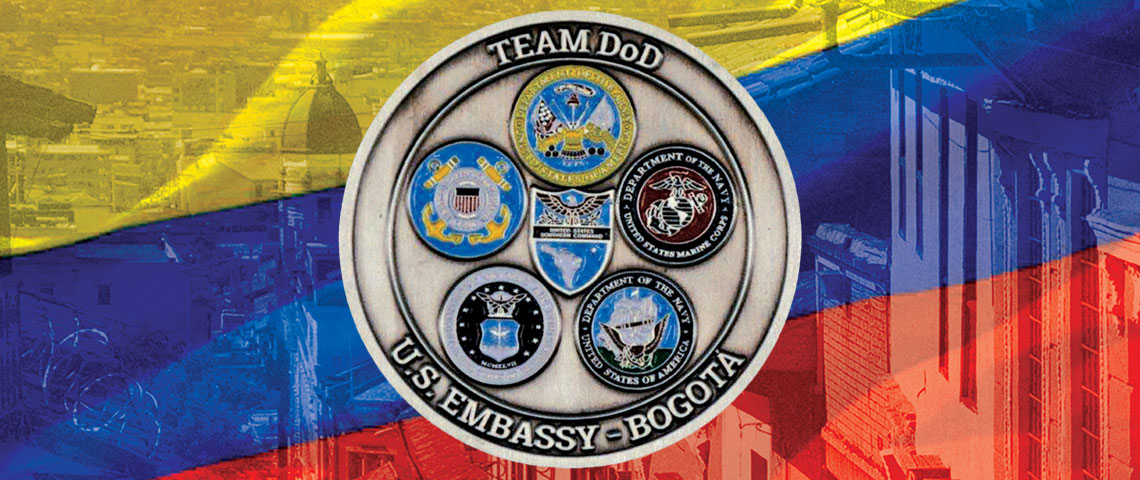“Speak with one voice and become fully integrated with the embassy departments and supporting agencies as well as the Colombian military at all levels—tactical to operational to strategic.”
DOWNLOAD
U.S. Army soldiers, accustomed to a clear military chain of command, want to know who their boss is when away from home station. “Who’s in charge?” is often the first question asked by Army special operations forces (ARSOF) team leaders on temporary duty (TDY) in a foreign country. Five years ago the answer was often nebulous because the Department of Defense (DoD) had not addressed that issue in American embassies.
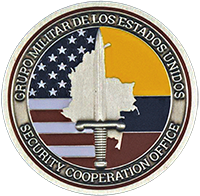
U.S. ambassadors traditionally selected their principal military advisor according to the most amiable personality—the Defense Attaché (DATT) or the Military Assistance Advisory Group (MAAG) or Military Group (MILGP) commander. Only a general officer-led MAAG escaped this problem. It was especially problematic during El Salvador’s thirteen year war.1
This finally changed in 2013. DoD specified that a clear military chain of command would be established in U.S. embassies abroad. DoD Directive Number 5205.75 (4 December 2013) was designed to eliminate the “dueling of colonels” between DATT and the U.S. MAAG and U.S. MILGP commanders vying to be the ambassador’s principal military advisor.2
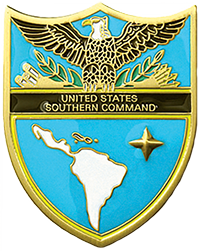
To accentuate Senior Defense Official (SDO)/DATT special status, the Secretary of Defense (SECDEF) officially appoints the SDO with formal letters of introduction to the U.S. ambassador and the host country minister of defense. The Chairman of the Joint Chiefs of Staff (CJCS) provides an appointment letter to his host nation counterpart.3 U.S. Southern Command (SOUTHCOM), which has the oldest and best organized military assistance program in the world, promulgated this change in Latin America. The SDO/DATT is rated by the Defense Intelligence Agency (DIA) deputy and senior rated by the Deputy Commander, SOUTHCOM.4
While this article is centered on Colombia, our strongest regional ally, SOUTHCOM is the leading advocate of clear military chains of command among the geographic combatant commands (GCC). Likewise, Latin America has six of the twenty-four U.S. Special Operations Command (USSOCOM) Special Operations Liaison Officers (SOLO) assigned to its countries.5 There are over 150 officers and sergeants in the Military Personnel Exchange Program (MPEP) assigned to foreign military commands and schools worldwide. The SDO/DATT keeps track of these great American military contacts in country. So, who ‘jump started’ this concept for Latin America?
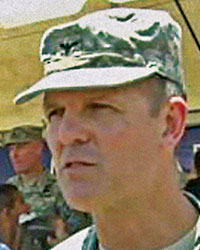
In the summer of 2014, Admiral John J. Audubon tasked Field Artillery Colonel (COL) Robert A. Wagner, West Point ’90, to establish the SDO/DATT concept in El Salvador. It was his success there that led to a 2016 reassignment to Colombia, our strongest partner nation (PN) in the hemisphere.6 That country’s government was heavily engaged in peace negotiations with the Fuerzas Armadas Revolucionarias de Colombia (FARC) and Ejército de Liberación (ELN) after decades of insurgent warfare. It was critical that the DoD personnel in Bogotá “speak with one voice and become fully integrated with the embassy departments and supporting agencies as well as the Colombian military at all levels—tactical to operational to strategic.”7 COL Wagner scrambled to accommodate the idiosyncrasies of a nation with sixty years of ARSOF persistent presence, further ingrained with a Special Operations Command, South-Forward (SOC-FWD) command and control presence since Operation WILLING SPIRIT (OWS) in 2003.
The establishment of a SOC-FWD ‘operationalized’ the execution orders (EXORDs) from the JCS and SOUHCOM for OWS. It expanded the persistent ARSOF presence into a U.S. SOF presence. OWS elevated the recovery of three American contractors held by the FARC to a national priority.8 Still, the SOC-FWD element was originally intended to be temporary.
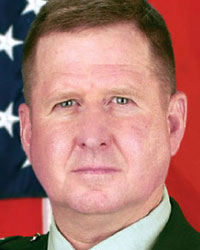
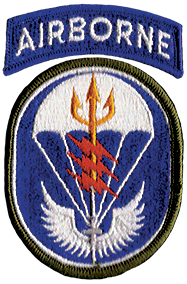
The interjection of a regional SOF headquarters with its brigadier general (BG) into the “dueling match” between MILGP and DATT colonels was unprecedented in the region. Latin America’s State Department (DOS) ambassadors prided themselves on controlling the U.S. military presence in ‘their’ countries. BG Charles T. Cleveland, SOCSOUTH commander, capitalized on a close personal and professional relationship with COL Simeon T. Trombitas, the MILGP Colombia commander, to garner support from U.S. Ambassador William B. Wood. It was fortuitous that the U.S. hostage situation had become very emotional in the States.9
As an operational commander with an EXORD, BG Cleveland could request national military assets (intelligence gathering platforms and forces) to support the Colombian military (COLMIL) efforts to locate the hostages and effect their recovery. He assured Ambassador Wood that his senior official could work in harmony with the MILGP, DATT, and COLMIL during OWS.10 The combined effort from mid-2005 through March 2008 was a distinct OWS success.
It was the unilateral Colombian Army (COLAR) Operación JAQUE that successfully recovered the FARC VIP hostages—three American contractors, Senator Ingrid Betancourt Pulecio, and eleven other Colombians—on 2 July 2008. JAQUE effectively nullified the rationale for OWS. The Special Forces (SF) Operational Detachment Bravo (ODB) that performed counter-narcotics missions had been kept separate from SOC-FWD during OWS. It became SOC-FWD-Andean Ridge (AR) in 2014.11 This command and control change was factored by COL Wagner when he came to Colombia in July 2016.
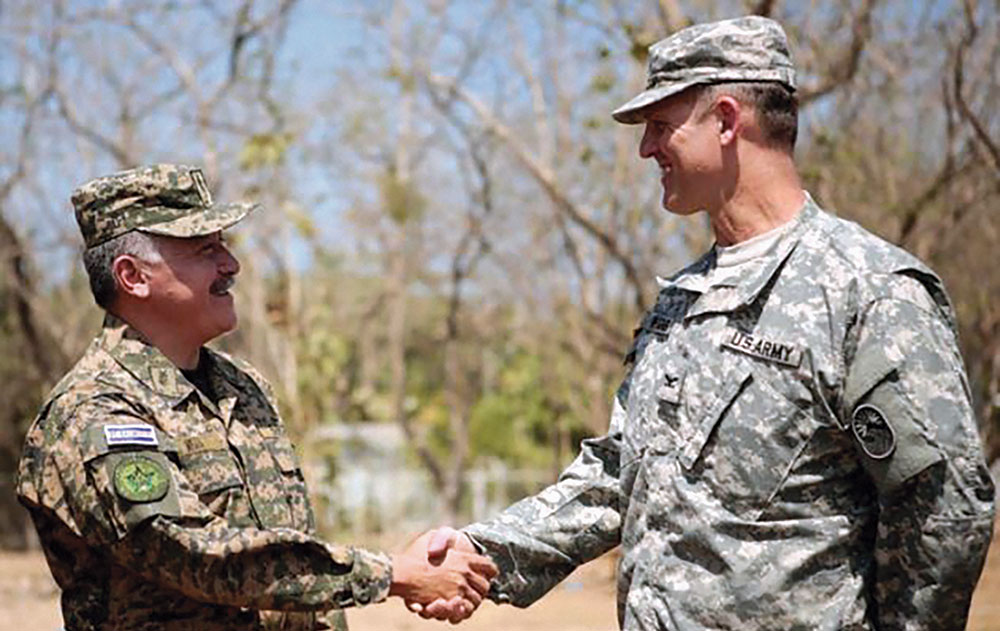
The SOC-FWD-AR was a SOCSOUTH initiative as were the SOC-FWDs for Central America (CENTAM) and the Caribbean (CARIB). Interestingly, SOCSOUTH kept operational control (OPCON) of U.S. Navy SEALs advising and assisting in theater as well as the U.S. Special Operations Forces (USSOF) in the Southern Cone (SC) countries of South America until 2017. These three SOC-FWDs had OPCON of ARSOF, Air Force (AFSOC), and Marine (MARSOC) mobile training teams (MTT) and Deployments for Training (DFTs).12 However, embassy coordination was a different matter.
In those countries having a SOLO (a USSOCOM asset serving the regional SOC) permanently assigned, or a Special Operations Forces Liaison Element (SOFLE) on TDY, SOC-FWDs coordinated through them. The SDO (COL Wagner) had tactical control (TACON) for Force Protection (FORCPRO). It was his security officer who briefed all assigned and TDY military, not the embassy Regional Security Officer (RSO). This took the State Department out of the U.S. military authority chain.13
SDO/DATT nominees are recommended by two Under Secretaries of Defense—Policy and Intelligence. As the senior military representative of the SOUTHCOM commander and the ambassador, COL Wagner had the authority to ‘deport’ Soldiers, Airmen, Sailors, and Marines from Colombia for unbecoming conduct or misconduct on duty and off.14 His ‘action arm’ was the SOLO, but could have been a SOCSOUTH Liaison Officer (SOFLO).15
